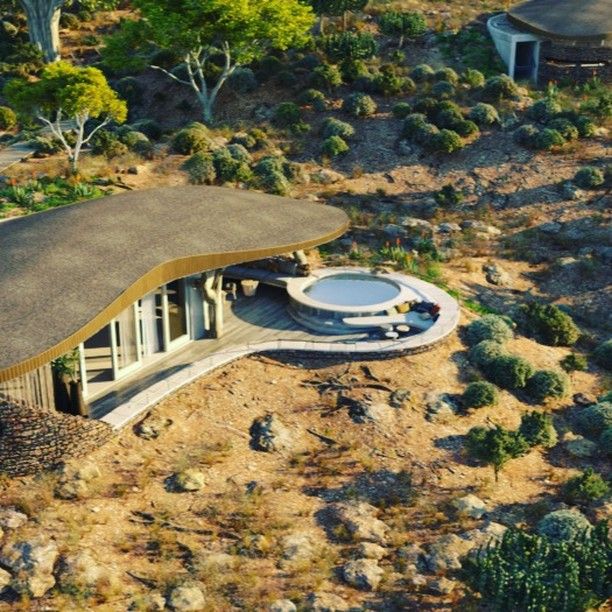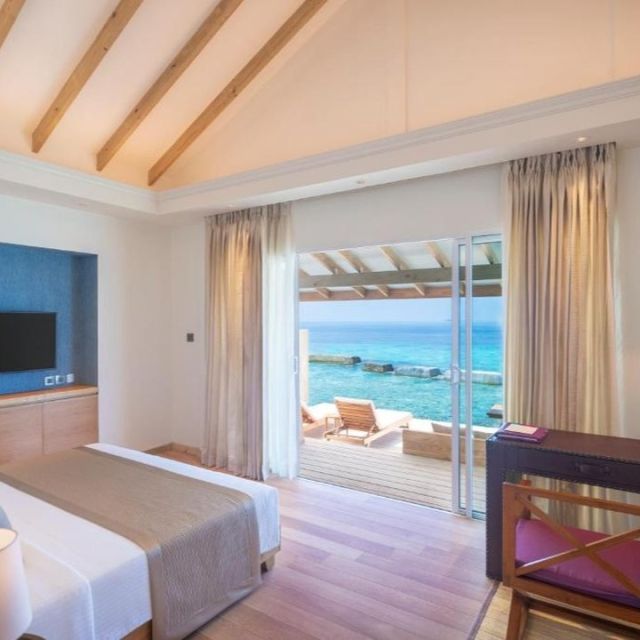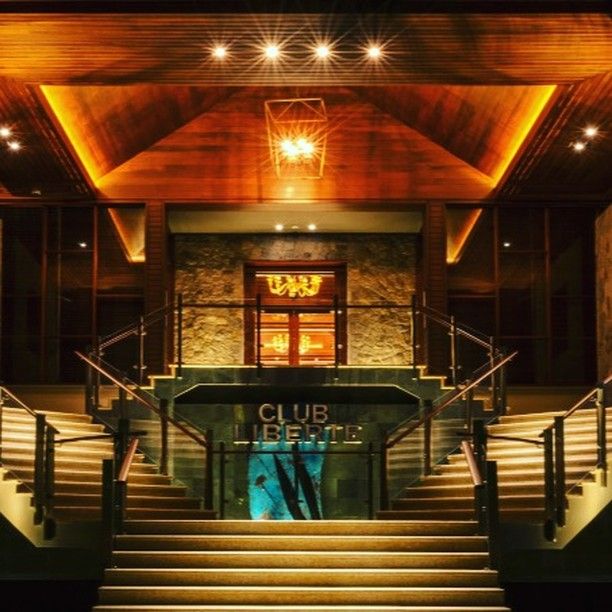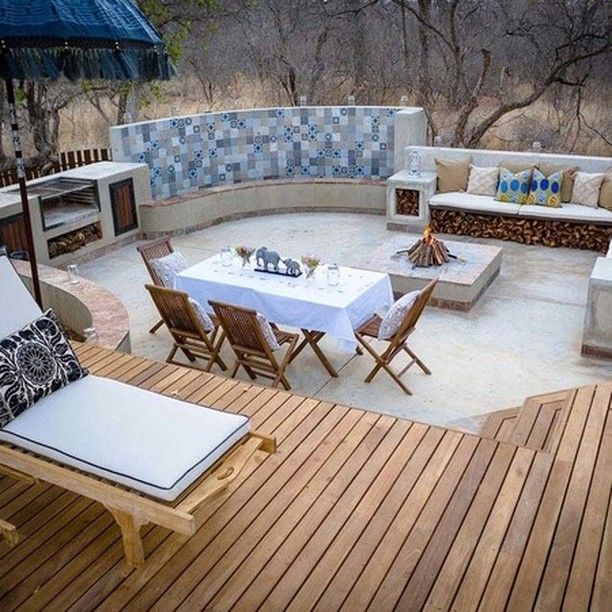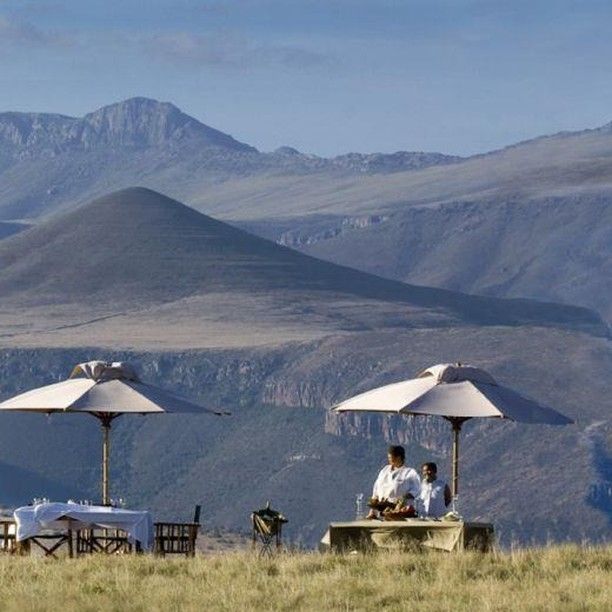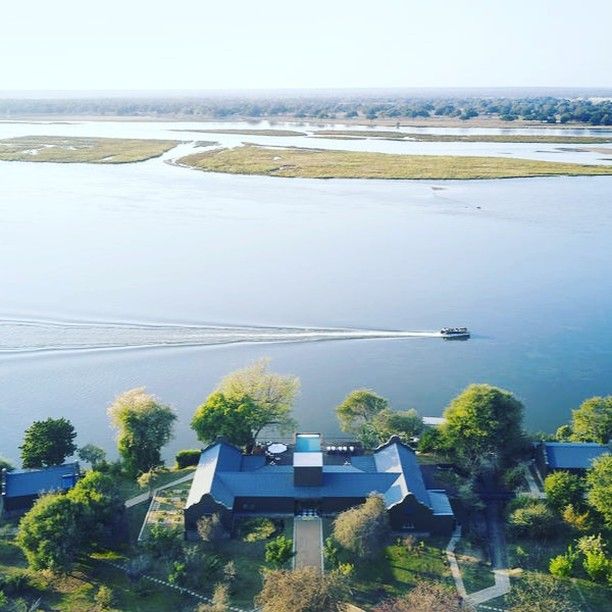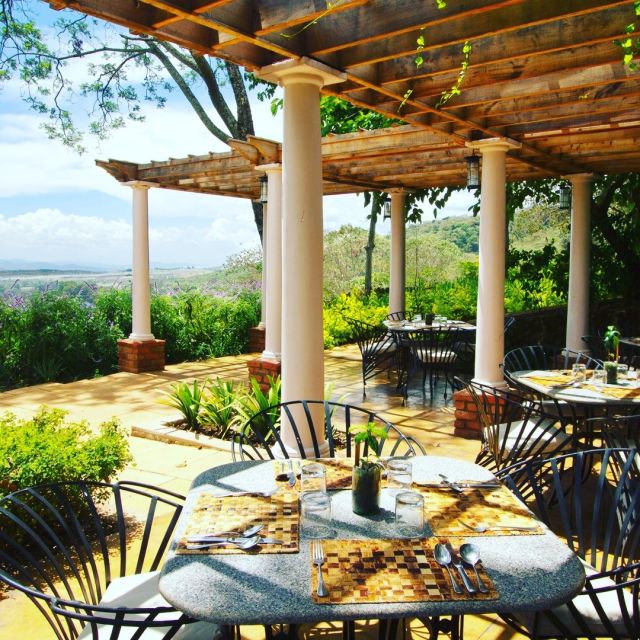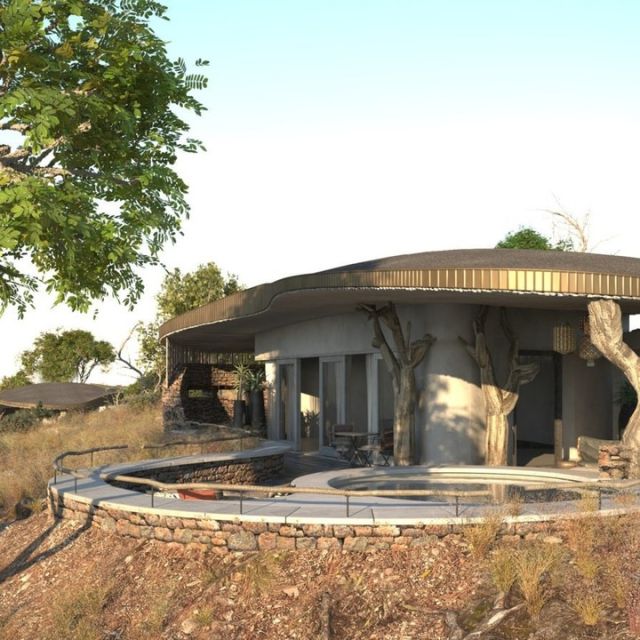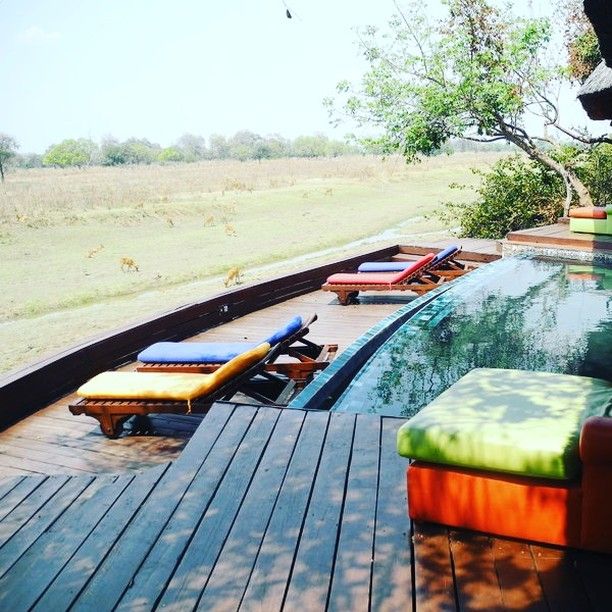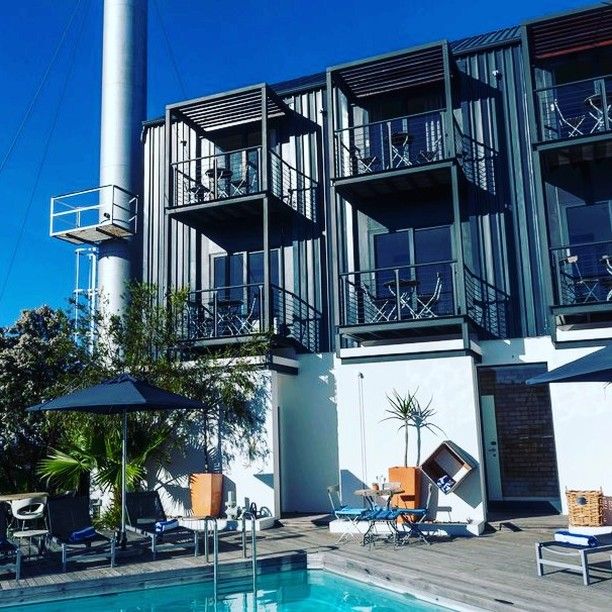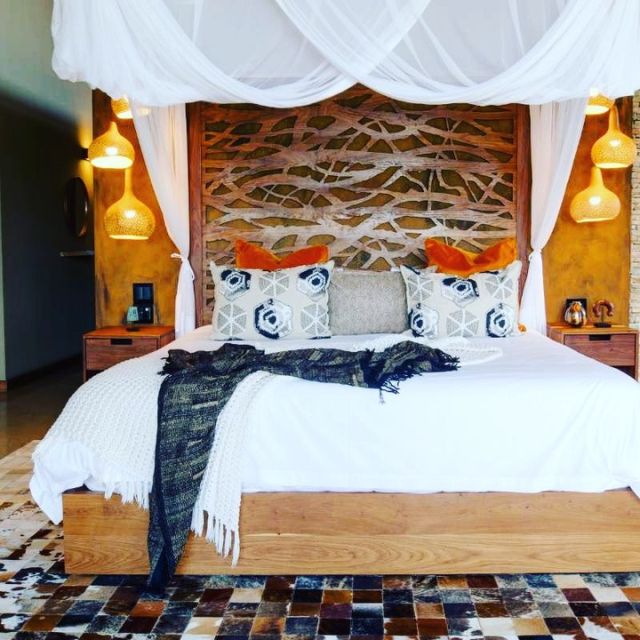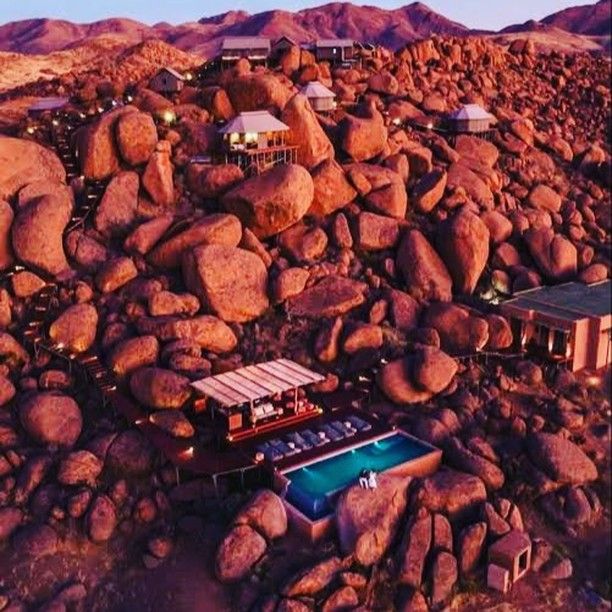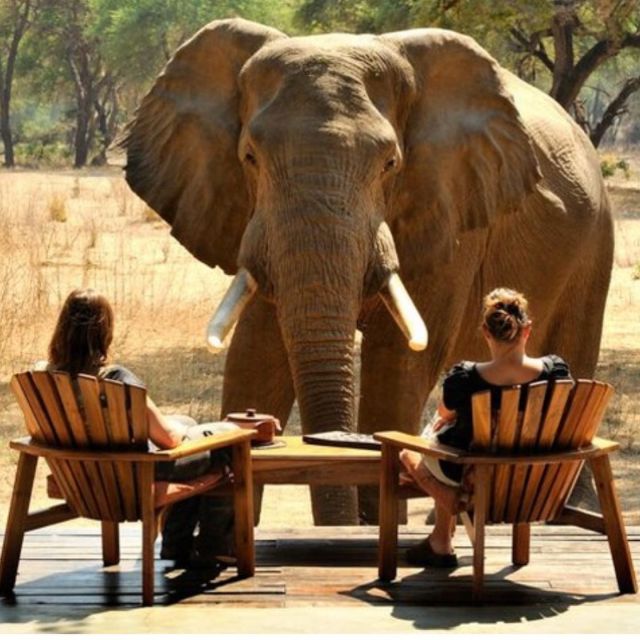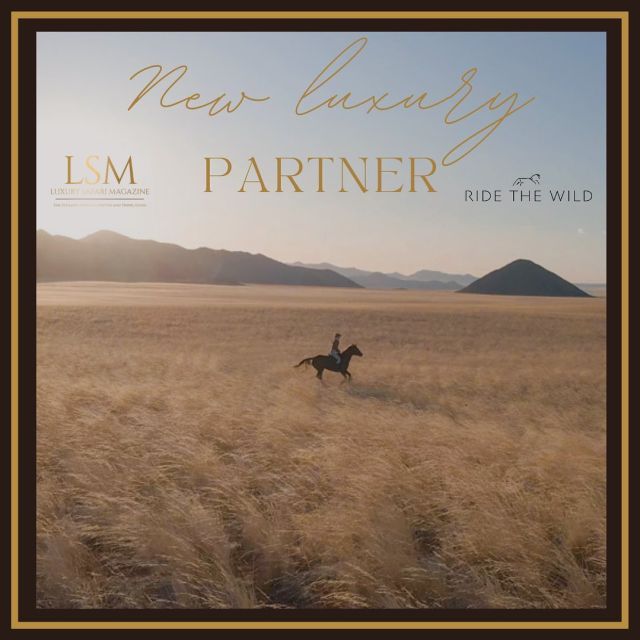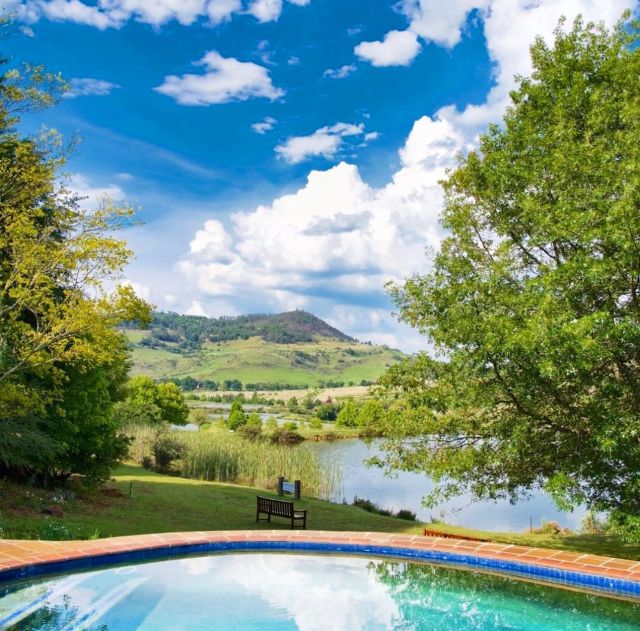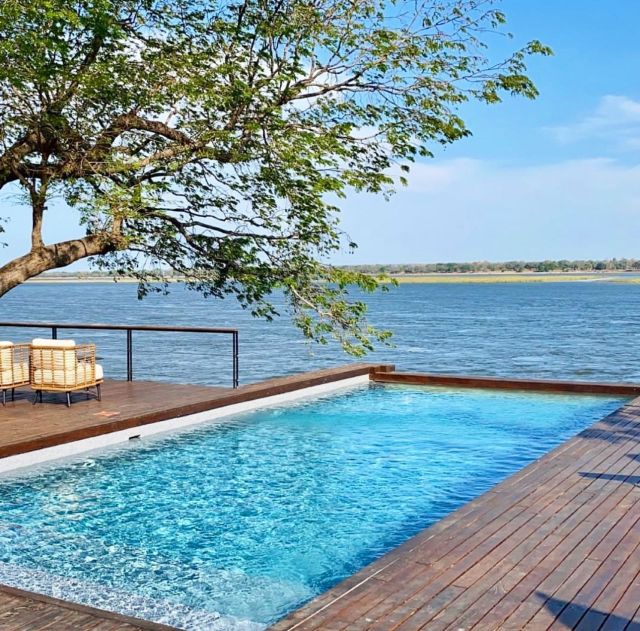May 30, 2022
Splendid Isolation and Quiet Solitude – Botswana’s Tsodilo Hills and the Okavango Panhandle
Rising majestically from the flat Kgalagadi sands, near where it meets the Okavango wetlands, is one of Botswana’s little-visited, but greatest treasures, Tsodilo Hills. This mystical place, now a world heritage site, has been drawing people for thousands of years and is just as magnetic and mesmerising today as ever. Tsodilo fills one with awe and admiration and has been a place of peace, refuge and spiritual fulfillment to countless peoples, both past and the present.
40km away, on a private island, is Desert and Delta Safari’s Nxamaseri Island Lodge, one of the oldest lodges in the Okavango Delta and one of its gems. Waking early, we watched as the sun rose over the tall reeds and papyrus, in a crimson ball of fire, lighting up the sky in vivid shades of pink, orange and scarlet. Coffee by the fire followed by a spot of breakfast, and then it was time to set off in the boat. Winding our way through the misty, chilly channels, we headed for the airstrip, where a helicopter awaited. Taking off, the grass below us waved wildly, blown by the downdraft from the helicopter’s propellers, and wisps of white mist rose off the water. As we rose into the sky the soft light of the morning light grew brighter, and the early colours melted away. The vibrant green grasses and reeds below us were cut through with brilliant channels of indigo water, that glistened in the morning light.
Not a hut, house, or road could be seen below us, seemingly from one horizon to the next. Instead, an intricate patchwork of scrub, bushes, trees and waterholes, interlinked by game trails and animal highways. The closer we got to Tsodilo, the drier the earth beneath us grew. Bright blues and greens gave way to muted yellows, beiges and browns. The vast spaces spread out beneath us were ready and waiting to be explored. Suddenly, looming out of the ground ahead of us, was what we had come to see. Tsodilo. The male, the female and the child, the traditional names given to the hills rising beneath us.
The name Tsodilo means ‘damp earth’ in !Kung, the language of one of the local tribes. According to !Kung legend, long ago, while the rocks were still soft and the animals could talk, Tsodilo Hills was a family, consisting of husband, wife and two children. Conflicts between husband and wife, saw the wife leave her husband and move away with the children. The younger child would later return to the father, but the older child remained near the mother – today the ‘family’ are found in the current hill positions of male, female and child (some versions of the legend have the tiny fourth hill as the husband’s first wife, who he’d left for a younger woman, and who now prowls quietly in the background). We spent the bulk of our time with our local guide, Shakes, at the female hill, as this is where the majority of rock art has been found to date.
Todsilo boasts 500 individual sites, representing thousands of years of human habitation. There are over 4,500 artworks, predominantly finger paintings, with paint made from haematite, charcoal and calcrete, mixed with animal fats, blood, marrow, egg white, sap and even urine. The paintings are of two main types, red and white, with the red-painted by the Ncaekhoe and the white by the Bantu. There are depictions of animals, and humans, and also some geometric designs that were used for traditional ‘healing’ rituals by medicine men. Some of the animals were painted because they embodied particular powers, like that of the snake, which was painted here because of its importance in rain-making rituals. Some of the humans depicted were likely connected to fertility rites, given the prominently featured appendages on some of the definitely male subjects! Nobody knows the exact age of the paintings; some are thought to be more than 20,000 years old, whilst others are around a century old.
Evidence from archaeological excavations shows that the earliest people to inhabit the area were the middle Stone Age people, 100,000 years ago. These were the first homo sapiens, the first recognisably anatomically modern humans. Evidence from archaeological explorations has shown that small groups of these people camped in the area, in the hill’s numerous rock shelters, for short periods of time. They lived off the land, surviving by hunting, gathering wild foods, and fishing in the lake that once existed here, 22,000 years ago. Domestic animals were introduced to the area around 2,000BP, and ironworking was introduced around 650AD. The current residents are from the !Kung and Hambu Kushu tribes settled here in the late 1800s.
Tsodilo Hills, while magnificent and special, is of course not the only reason to visit this part of the world. The quiet solitude of the Okavango panhandle, a 70km stretch of Okavango River, from where it enters Botswana to where it fans out into the alluvial plain of the Delta, is something wonderful to experience. The water here in the panhandle is deep and fast-flowing, ideal for catching both sought after Tigerfish and bream; in all 17 species of fish can be caught here. Bird watching is also spectacular, with the area’s tall, shady, riverine forests being home to many residents and migratory birds. The waterways are home to a variety of waterbirds from kingfishers and herons, to waders, crakes, bee-eaters, egrets, storks and more. This is the place for a wonderful bird-watching experience, one that even includes the elusive Pels Fishing Owl, a pair of whom live on a tiny island just downstream of Nxamaseri Island Lodge. Guided walks are possible on nearby islands, and boat trips, particularly for sunset, are a wonderful experience. There’s also the opportunity to experience a more traditional method of transport along these waterways, as you glide silently through the clear water in a mokoro (dug-out canoe), eye-level with water lilies, dragonflies, reed frogs and brilliantly coloured malachite kingfishers.
Nxamaseri Island Lodge itself is a small but perfectly formed lodge, located on a tiny private island in the permanent waters of the Okavango panhandle. With elevated rooms that are quiet havens nestling amongst the trees, all interconnected by raised wooden walkways, Nxamaseri manages to showcase the beauty of the permanent swamps, but without sacrificing any comforts. My room had a secluded verandah suspended over the water, from which I spied slim, silvery, seal-like otters as they swam, and later watched an eerily malevolent looking crocodile glided past. I had a spacious bathroom with seemingly endless hot water, and a sublimely comfortable bed, that I found a hot water bottle tucked into when I retired, that kept me cosy as I lay listening to the hippos splashing and grunting under cover of darkness.
Come for the history and culture, come for the fishing or the birds, come to experience the incredible natural beauty; whatever reason you come for you won’t be disappointed. Nxamaseri Island Lodge, Tsodilo Hills and the Okavango panhandle are real treasures, special places that deserve a visit.
Written by Sarah Kingdom





